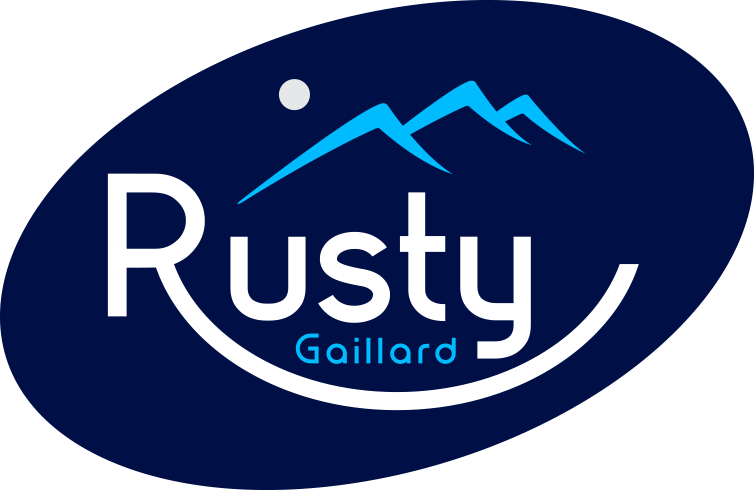The #1 Productivity Tool
“You will have to say no to things to say yes to your work. It will be worth it.”
STUCK IN A PRODUCTIVITY RUT
Rebecca is three months into her job. Since the day she started, she’s said the same thing: “I need time to roll up my sleeves, dig in, and really get to know the business.”
But she hasn’t yet had time to do it.
Her to-do list is full. Each day, every hour, is booked; with pulls on her time from her team and her boss. Worse still, she’s no longer new in her job. After three months, she is expected to be up-to-speed.
But she still hasn’t found the time.
MAKING TIME
I’m reminded of my years working at Apple. I went through similar times, when there weren’t enough hours in the day. I tried all the productivity tools I knew, but I just couldn’t catch up. Even in those times, there were days when I broke the pattern of my schedule.
My boss held an off-site.
I had an over-seas business trip.
There was a full-day workshop on a key topic that I attended.
I distinctly remember the Ah-Ha! Moment I had after one of these events. It was after a 2-day offsite, and I was returning to a full schedule, often double-booked, and an overflowing to-do list. As I tried to figure out how to fit everything in, it hit me…
Why can I make two full days available for a workshop, but I can’t block even 60 minutes for myself to complete an important assignment?
THE SIMPLE TRUTH
When it comes to productivity, the real question is what you do, not how much you do. What you do is driven by two things: your to-do list, and your calendar. When you look at each of them, one simple truth stands out.
We value our commitments to others more than our commitments to ourselves.
Many people use time blocking, holding time on their calendar to get work done. But most people, me included, will give up work time blocked on their calendar for someone who needs to meet with them.
You can make a different choice.
If you really need the time, honor the commitment to yourself to get it done. It may feel uncomfortable, even intimidating, to dedicate the time to something new, but push through.
MASTERING YOUR TO-DO LIST
As much as blocking work time on your calendar helps you get things done, it’s not the way to master to your to-do list.
Your to-do list is often filled with tasks that are responding to others. Staying on top of email and Slack, prepping for meetings you were invited to, even delivering work for others. Real productivity comes from getting the right work done. That means being diligent about what’s on your to-do list.
How often do you step back and clean out your to-do list? If you don’t have time set aside to do this regularly – ideally every week – you will be spending time on lower priority work. It feels good to check things off the list, but they aren’t the things that really matter. You may be productive in the micro sense, but that effort doesn’t help your productivity in the macro sense.
REEVALUATE
In my last call with Rebecca, we focused on this to-do that had been languishing on her list for weeks. I asked her a simple question, but a powerful one:
Is it still necessary?
If you’ve had something on your to-do list for a month, let alone 3 months, you have to ask if it’s still relevant. In Rebecca’s case, she had learned on-the-fly and now needed only a fraction of the time she originally planned.
You, too, likely have items on your list that have outlived their usefulness. Business moves quickly, and if you’ve gone weeks without doing something, you can likely keep going without doing it at all. Even if it seemed important at the time, you may need to refresh your thinking and reevaluate whether it’s still important today. You may want to get it done, even think you need to get it done… but think again.
THE #1 PRODUCTIVITY TOOL
The number one productivity tool is actually quite simple: Focus.
Focus on the items that help you succeed in your role, not just on responding to others. Remove the things that don’t really need to get done.
What will really move the needle for you and your company? You may find that removing unnecessary things from your list also removes the mental weight that’s preventing you from moving forward.

